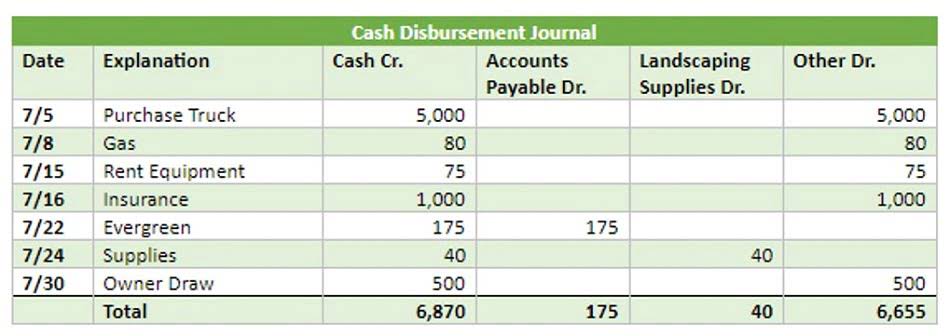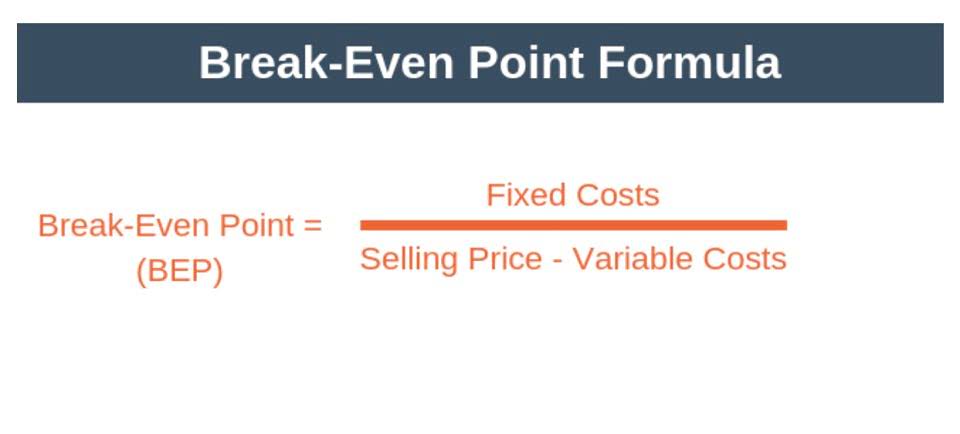
Assets are recorded in the company’s general ledger accounts at their cost when they were acquired. In accounting cost means all costs that were necessary to get the assets in place and ready for use. For example, the cost retained earnings of new equipment to be used in a business will include the cost of getting the equipment installed and operating properly. Assets of business appear on the left side of the accounting equation.

How to show the effect of transactions on an accounting equation?
- Here’s a simplified version of the balance sheet for you and Anne’s business.
- Non-current liabilities are all other liabilities not classified as a current liabilities.
- As you can see there is a heavy focus on financial modeling, finance, Excel, business valuation, budgeting/forecasting, PowerPoint presentations, accounting and business strategy.
- Get free guides, articles, tools and calculators to help you navigate the financial side of your business with ease.
- As the credit balance increases, the book (or carrying) value of these assets decreases.
As a result, there is no income statement effect from this or earlier transactions. The accounting equation tells us that ASI has assets of $10,000 and the source of those assets were the stockholders. Alternatively, the accounting equation Bookkeeping for Startups tells us that the corporation has assets of $10,000 and the only claim to the assets is from the stockholders (owners). We know that every business holds some properties known as assets.
- The accounting equation will not balance if a double entry is completely omitted from the accounting books.
- This ratio relates the costs in inventory to the cost of the goods sold.
- The cash (asset) of the business will increase by $5,000 as will the amount representing the investment from Anushka as the owner of the business (capital).
- Below we’ll cover their basic definitions and functions, how they factor into the balance sheet and provide some formulas and examples to help you put them into practice.
- Grasping these concepts helps in analyzing balance sheets and making informed financial decisions.
Transaction Matching
The accounting equation shows how every business transaction impacts financial records. For example, taking out a loan increases both total assets (cash received) and liabilities (loan obligation) by the same amount. By employing the accounting equation, businesses can maintain a stable financial environment. Income tax accounting is crucial in this process, as it helps detect discrepancies early, allowing them to address financial missteps before they escalate. The equation highlights a company’s liquidity by comparing assets against liabilities, thus assessing the business’s ability to meet short-term obligations.
What Is the Accounting Equation?
This is a crucial aspect of financial management, impacting the company’s leverage and liquidity. Without an accurate balance sheet, fraud is more difficult to detect since you’re not keeping track of various accounts that are common targets for fraud, such as cash and accounts receivable. Assets and liabilities are key factors to making smarter decisions with your corporate finances and are often showcased in the balance sheet and other financial statements. Accounting software can easily compile these statements and track the metrics they produce.
- Get one month free and easily keep track of your assets, liabilities, and equity.
- Implicit to the notion of a liability is the idea of an “existing” obligation to pay or perform some duty.
- In the accounting equation, liabilities and equity are related—as liabilities increase, equity may be impacted depending on the business’s financial activities.
- Equity may be in assets such as buildings and equipment, or cash.
- The comparative balance sheet presents multiple columns of amounts, and as a result, the heading will be Balance Sheets.

The totals tell us that the corporation has assets of $9,900 and the source of those assets is the stockholders. The totals tell us that the company has assets of $9,900 and that the only claim against those assets is the stockholders’ claim. The accounting equation shows that one asset increased and one asset decreased.
NY Jobs CEO Council Financial Analyst
The accounting equation is ingeniously designed to always remain balanced, meaning the total amount of expanded accounting equation assets will always equal the sum of liabilities and equity. For instance, when a company takes out a loan, assets (cash) increase, as do liabilities (loans payable), which keeps the equation balanced. Similarly, when a business issues new shares, both assets (cash) and equity increase. Each transaction involves a debit entry on the debit side and a credit entry on the credit side of the general ledger, maintaining equilibrium. This mechanism not only ensures accuracy in financial records but also provides a clear view of a business’s financial position. It allows stakeholders to analyze how their investment, sales, or other inputs affect the company’s financial health and dollar value.
The accounting equation is not merely a theoretical concept but a practical tool used in everyday business to ensure the accuracy of financial reporting. We’ve covered a lot of ground, but before we wrap up we’ll highlight some pieces of fact — and fiction — about assets and liabilities that business owners sometimes mix up. Current liabilities are important because they can be used to determine how well a company is performing by whether or not they can afford to pay their current liabilities with the revenue generated. A company that can’t afford to pay may not be operating at the optimum level.
Assets Liabilities and Equity

Here we can see the list of all liabilities that have been reported on Hershey company balance sheet for 2023. Cash (asset) will reduce by $10 due to Anushka using the cash belonging to the business to pay for her own personal expense. As this is not really an expense of the business, Anushka is effectively being paid amounts owed to her as the owner of the business (drawings). The cash (asset) of the business will increase by $5,000 as will the amount representing the investment from Anushka as the owner of the business (capital).

